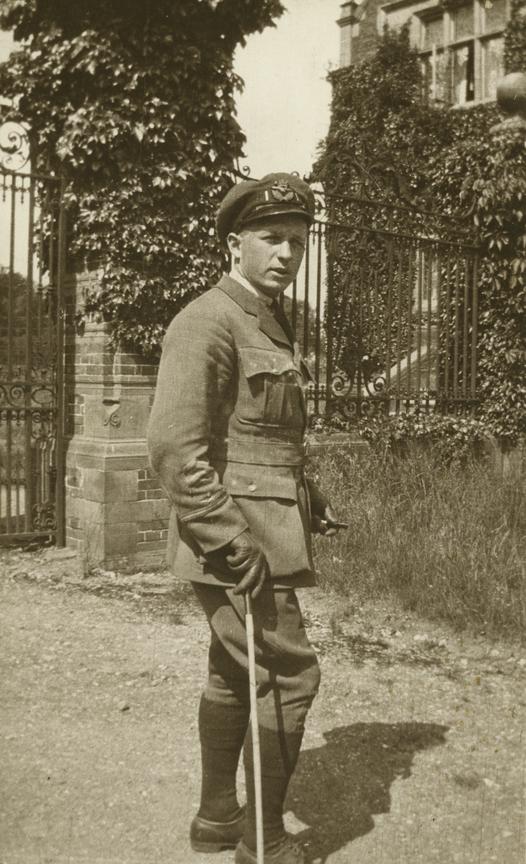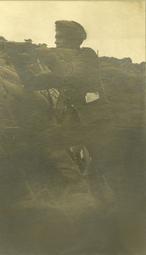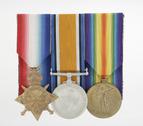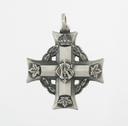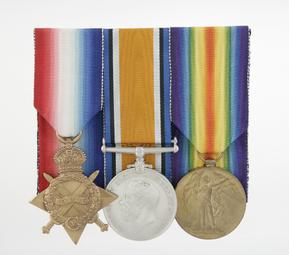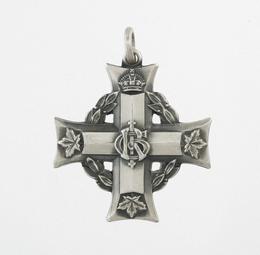Unit
Branch
Service Component
Royal Naval Air Service
Service Number
8404
birth
1896/06/15
Carleton Place, Beckwith Township, Lanark County, Ontario, Canada
death
1919/02/18
London, United Kingdom, England
grave
St. Fillans Cemetery, Carleton Place, Ontario
Gender
Male
John Horace Brown was born in Carleton Place, Ontario, on 15 June 1896. He was the third of the four children of James Montin Brown, a miller, and Mary Brown.
Brown was a student when he enlisted in the 2nd Canadian Infantry Battalion (Eastern Ontario) on 22 September 1914 and was given the rank of corporal. He would later become a sergeant. Before enlistment, he had spent three years with the 42nd (Lanark and Renfrew) Regiment. He sailed to England with the First Contingent of the Canadian Expeditionary Force on 3 October 1914. After training on Salisbury Plain for four months, the Contingent was shipped to France in February 1915.
On 13 June 1916, Brown was wounded in the closing stages of the Battle of Mount Sorrel. Diving into a shell hole to take cover during a German artillery barrage, he accidently stabbed himself in the left knee and chest with the bayonet of another soldier also seeking shelter in the hole. Fortunately for Brown, the bayonet did not puncture the chest wall. Nevertheless, he lost a great deal of blood. He was transported to No. 13 Stationary Hospital in Boulogne for initial treatment before being shipped to Nottingham General Hospital in England on 23 June. On 7 July 1916, he was transferred to King's Canadian Red Cross Hospital, Bushy Park, Middlesex to convalesce, after which he was moved to the Canadian Convalescent Hospital, Woodcote Park, Epsom, Surrey.
On 28 July 1916, considered fit for service, Brown was discharged from Woodcote Park and sent to the Canadian Casualty Assembly Centre in Folkestone, Kent. Upon arriving there, he was attached to the 12th Reserve Battalion for eight weeks’ base duty. During this time, Brown was presented with the possibility of gaining a commission. To be able to return to Canada and take up this opportunity, he sought, and was granted, a discharge from the 2nd Battalion after completing his time at Folkestone. Leaving England on 5 September 1916, he received his discharge in Québec City, Quebec, on 16 September. He was granted a lieutenant’s commission in the 240th Canadian Infantry Battalion (Lark & Renfrew) three days later and spent the next few months as a recruiting officer in his hometown of Carleton Place.
In the fall of 1917, Brown transferred to the Royal Naval Air Service and returned to England. In October 1918, he ran into a cart while cycling, taking a severe blow to the chest, which led to pneumonia. He was hospitalized until just before Christmas. While in hospital, Brown wrote to his family about the possibility of being posted to Russia. It was not to be. At the end of January 1919, he caught influenza. He died as result of his illness on 18 February 1919 at Eaton Hospital, in London.
John Horace Brown’s body was sent to Canada and interred in St. Fillans Cemetery in Carleton Place.
John Horace Brown’s brother, Captain Arthur Roy Brown, is often credited with shooting down Manfred von Richthofen, also known as the Red Baron.

